The Black Swan MM/MC Phono Preamplifier Ruffles Costly Phono Preamp Feathers
feature load doesn't diminish sonics
Does anyone enjoy the hassle of unscrewing a chassis top to access resistive and capacitive loading DIP switches, or to adjust phono preamplifier gain? It's a royal pain. Placing the DIPs on the chassis rear is a step up (no pun intended) but for many that means shutting the unit down, unplugging the cables and turning it around to access the DIPs. When you're trying out different loads and or gain settings, this becomes annoying to where maybe you just find acceptable settings and leave it at that rather than repeatedly going through the entire painful routine.
Most of the time, phono preamps with front panel setting capabilities are expensive. Austin AudioWorks' The Black Swan phono preamplifier offers a full set of adjustment options and puts them right where you can use them on the front panel. The look is either to your liking or "lab-grade" ugly, but either way it's difficult to argue when the cost is $1649 (sold factory-direct) and it's made in America.
Austin AudioWorks founder, chief designer and engineer is industry veteran Barry Thornton. I grabbed this photo from the Austin AudioWorks website.
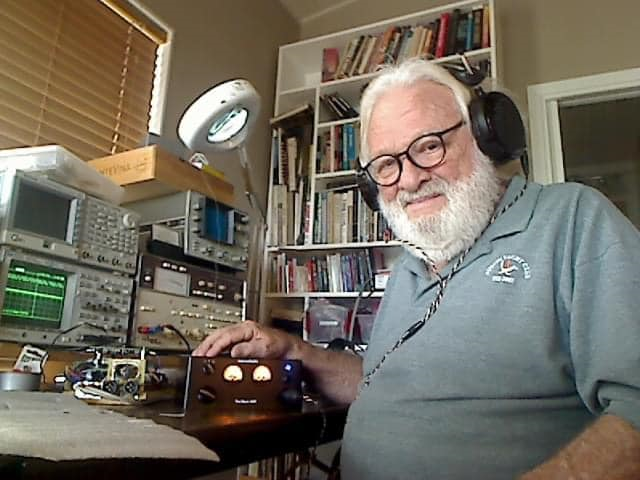
The company is about a decade old but clearly Mr. Thornton has more than a few years beyond that on him. He's been very busy over the many years in pro audio, including designing touring sound systems for Ian Anderson's Jethro Tull, but he has a leg up in the audiophile world as well, having developed products for ADCOM, SAE, Parasound and other familiar names. You can read more about Barry here if you wish, or get the goods now on The Black Swan. This is far from the first The Black Swan review. Why it was delayed is a story for another time.
As you can see in the photo at the top, The Black Swan is a relatively small device about 8 inches wide, 5 inches deep and 4 inches tall. It weighs but 2.5 pounds (add a pound for the outboard "Wall-wart" type power supply). Austin AudioWorks wisely supplies a rubber "landing pad" to prevent slippage and offer some mechanical damping.
Front panel mounted rotary knobs offer continuously adjustable MM settings on the left side for kOhm resistive loading and picofarad capacitive loading. Somewhere close to 50k on that potentiometer is the 47kOhm MM "standard" loading but it's not the correct one for every MM cartridge. Do your website homework and you'll see. Setting precisely at 47kOhms isn't critical.
Being able to adjust around the non-standard standard is a nice feature for MM cartridge fanciers as is the adjustable capacitive loading. Many MM phono preamps offer no resistive loading choice other than 47kOhms and either a fixed 100pF or a choice of 100 or 200pF. The Black Swan is a high flying bird for MM cartridge fanciers.
A toggle switch to choose MM input 1 or MM input 2 sits between the two pots. The toggle switch to its right selects MM or MC inputs. Switch to MC and the two adjacent knobs adjust resistive loading from 10 ohms to 1000 ohms and 0 to 1 µF capacitive loading. MC capacitive loading? Not usually an issue since high frequency resonances occur well outside the audible audio bandwidth, but it's here nonetheless and you're free to ignore or experiment.
Between the pots is a toggle switch that can be set for balanced or unbalanced mode playback (for MC cartridges), and should be used only with a balanced tonearm feed (in other words tone arms featuring separate ground wire[s] not where ground is soldered to the shield as Rega does).
The gain knob to the far right can be set between +20 and +60dB in 4dB steps.
Back Panel Facilities
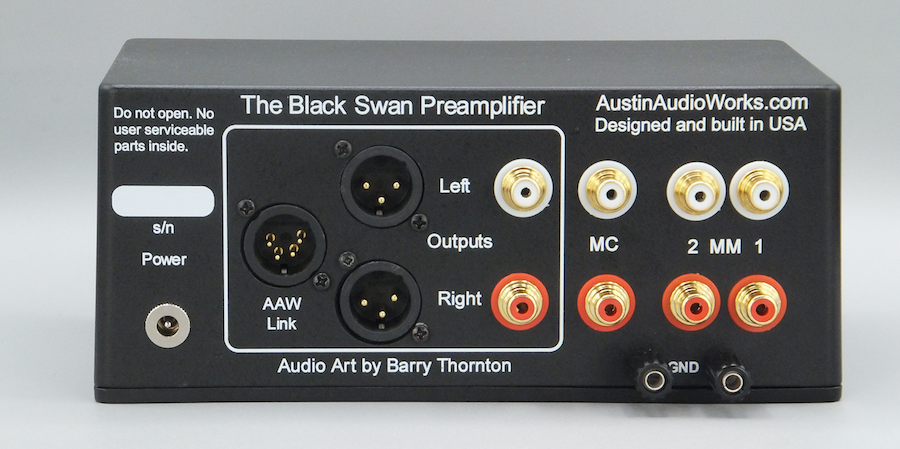 As you can see, in addition to a pair of MM inputs and a MC input, there's a single-ended and a balanced XLR output as well as an AAW Link, which is a wire reduction standard that most of us need not worry about, and a pair of convenient banana plug ground lugs. The "Wall-Wart" plug is to the far left.
As you can see, in addition to a pair of MM inputs and a MC input, there's a single-ended and a balanced XLR output as well as an AAW Link, which is a wire reduction standard that most of us need not worry about, and a pair of convenient banana plug ground lugs. The "Wall-Wart" plug is to the far left.
The "Wall-Wart" transformer (also said to be an effective line noise rejecting inductive filter) provides the Black Swan's internal power system 16V RMS ground isolated, balanced A.C. that's turned into buffered, isolated, regulated DC voltages to power the ultra-low noise gain stages. According to the designer on the company's website, "When you parallel silicon devices you get an internal noise canceling effect. The Swan does just that; it parallels 4 of its exotic front-end gain devices to cut the noise in half. The Black Swan has an internal noise level that approaches the theoretical noise floor limit. This further diminishes the sonic effects of noise altered timbre on the music you listen to."
Zero feedback passive RIAA equalization further reduces noise, offers a more direct signal path and produces far fewer time domain based distortions. The excellent specs speak for themselves and since we don't perform measurements, they will have the last word.
Set Ups And Use
The Black Swan ran in three set-ups: first with the Origin Live Sovereign S turntable/Agile tonearm combo (around $25,000) fitted with the new Ortofon MC90X ($5499) and then with a Miyajima Labs INFINITY mono cartridge ($3350) mounted in a Bird of Prey tonearm ($15,950) on the Wilson-Benesch Prime Meridian turntable ($270,000) and finally the MC 90x mounted in the new Supatrac Nighthawk arm (circa $16,000) mounted on the Acoustical Systems Astellar turntable ($105,000).
In other words, The Black Swan was put into what would seem to be a "no-win" situation, paired with far more expensive gear that would emphasize its humble origins. But that's not what happened. Oh, and I ran it through the $150,000 Dan D'Agostino Master Audio Systems Relentless preamp. Using the Black Swan was, of course, a total pleasure given both the adjustment flexibility and easy access.
Silent Running
One caveat: this phono pre demands careful set-up to avoid hum. It seems more sensitive to it than many phono preamps I've encountered. For one thing, know your tone arm's wiring to be sure ground isn't soldered to shield as Rega does it, and pay careful attention generally or you'll run into hum issues. And if you do, try every grounding variable. You'll find one that works.
Let's start with the quiet. The Relentless is the quietest line level preamp I've ever not heard, There's no place for noise entering into it to hide. At well above normal listening levels through the Black Swan's MC input, an ear to the tweeter reveals just the faintest of residual hiss. When music emerges from blackness it's always a good start.
Comparing the OJC edition of Miles Davis's Walkin' with the ERC edition played using the Miyajima Labs Infinity mono cartridge made obvious a fundamental rightness about this phono preamp. It avoids the "canned" quality many modestly priced ones produce. And it clearly expressed the timbral difference between the two reissues.
When asked about the differences between his reissues and the ERCs, Chad Kassem famously once said "$350.00. The two definitely sound different and the sonic differences are well expressed by the jacket art differences (believe it or not). I'd say the ERC jacket probably looks more like the original that I do not have. If you do, please chime in. That matters more to some than it does to others.
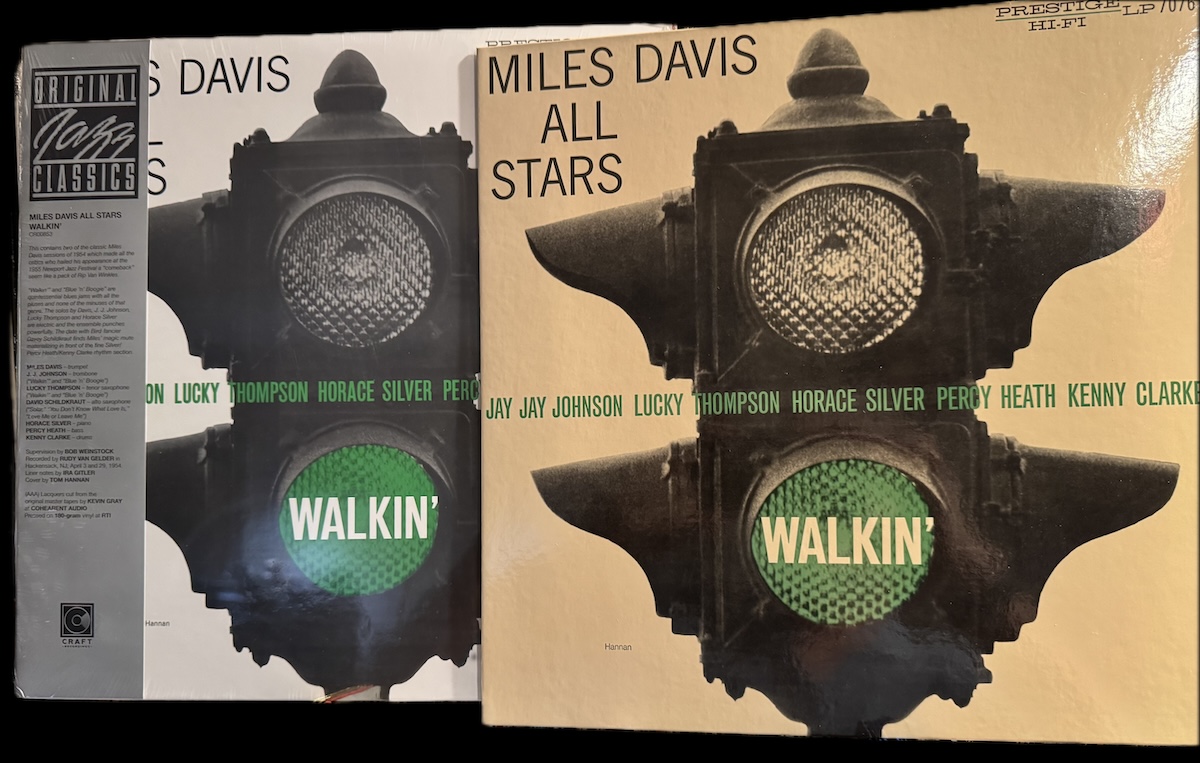 The OJC cut by Kevin Gray is brighter on top and sharper, particularly the cymbals. The ERC is mellower, a bit "suaver" no doubt due to the tube-based cutting system. Into the mids the two are more similar than they are different, though on the ERC there's more room ambience and depth. The Black Swan passes along all these differences by neither adding nor subtracting anything.
The OJC cut by Kevin Gray is brighter on top and sharper, particularly the cymbals. The ERC is mellower, a bit "suaver" no doubt due to the tube-based cutting system. Into the mids the two are more similar than they are different, though on the ERC there's more room ambience and depth. The Black Swan passes along all these differences by neither adding nor subtracting anything.
Usually less costly phono preamps have either an added closed in warmth that obscures detail or a subtractive cool clatter. Bass can sound soft with plucked notes blending into the surrounding spatial environment. Cymbals can get "crispy" or "hashy". The Black Swan didn't err in either direction and on these two versions of the same recording, honestly expressed the timbral differences, while excelling at rhythmic organization and pacing.
A record I'd never before played (but which must be reviewed), the recently reissued Mr. Scrapper's Blues (Bluesville CR00839) by Scrapper Blackwell recorded in 1962 brought an immediate hair on the neck raising sensation, partly because of Blackwell's intensely perfect articulation of every played note but as much because the Black Swan delivered each plucked note with thrilling, tactile clarity. The black background helped sell the reality illusion with ease the way costly phono preamps do. Matthew Lutthans' cut from the master tape makes this a standout reissue (not that I've ever heard the original)!
I had a difficult time identifying faults listening to mono records through the Infinity cartridge, forcing the conclusion that the Black Swan might be all you need to play back mono records even though it lacks a mono switch. I kept saying to myself, "what am I missing here?" And came up with no answer while listening. Give the Bird of Prey credit too, but here's a $1600 phono preamp that left nothing on the 'table—at least on older mono records. It sounded as impressive at low as at high SPLs.
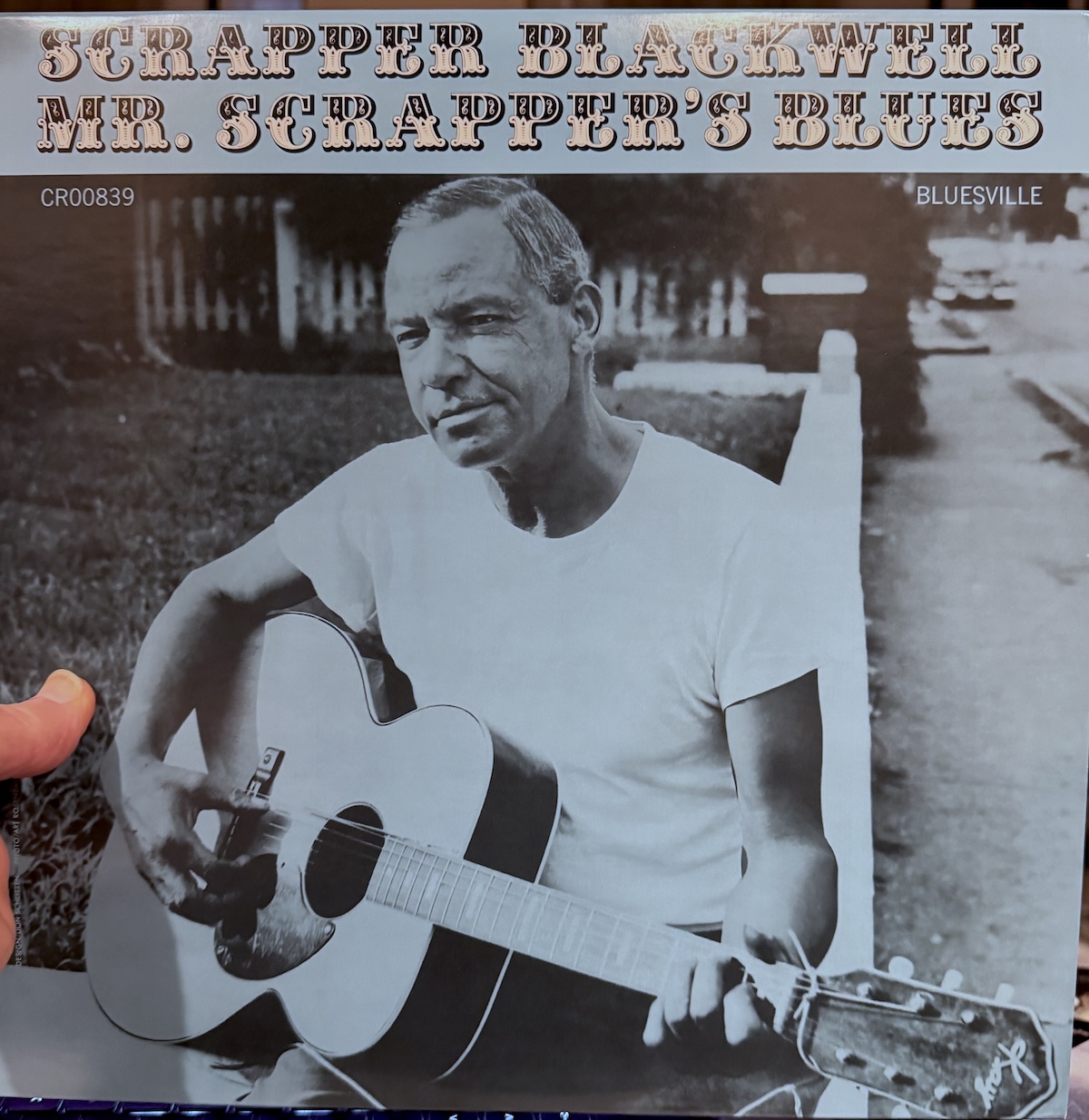
This made me play an original mono U.K. Sgt. Peppers... It's rare in my experience for an inexpensive piece like this to set off a shelf exploration. Like, what would that sound like? The key is the quiet: The Black Swan's quiet effectively sets up the mono image while the black backdrop puts the picture in relief, giving you a hovering in space image to "look" at. The bass line on "Getting Better" was well defined, but the extension wasn't nearly as powerful as it can sound—as it was running into the Miyajima into the CH Precision P10 ($70K+). But the overall rhythmic clarity, transient focus and detail resolution made for a compelling listen. The somewhat shortened sustain produced added clarity and organization. The strings on "She's Leaving Home" were a bit dry and the two violas and cellos didn't dig as deeply as I recall but again, the song's overall organization and flow and detail resolution put all the elements in a clear space, easy to note and enjoy. The presentation kept me listening through the entire record.
Stereo
Interplay (Riverside RS9445) is a record I know well. I have an original and the just released OJC reissue.
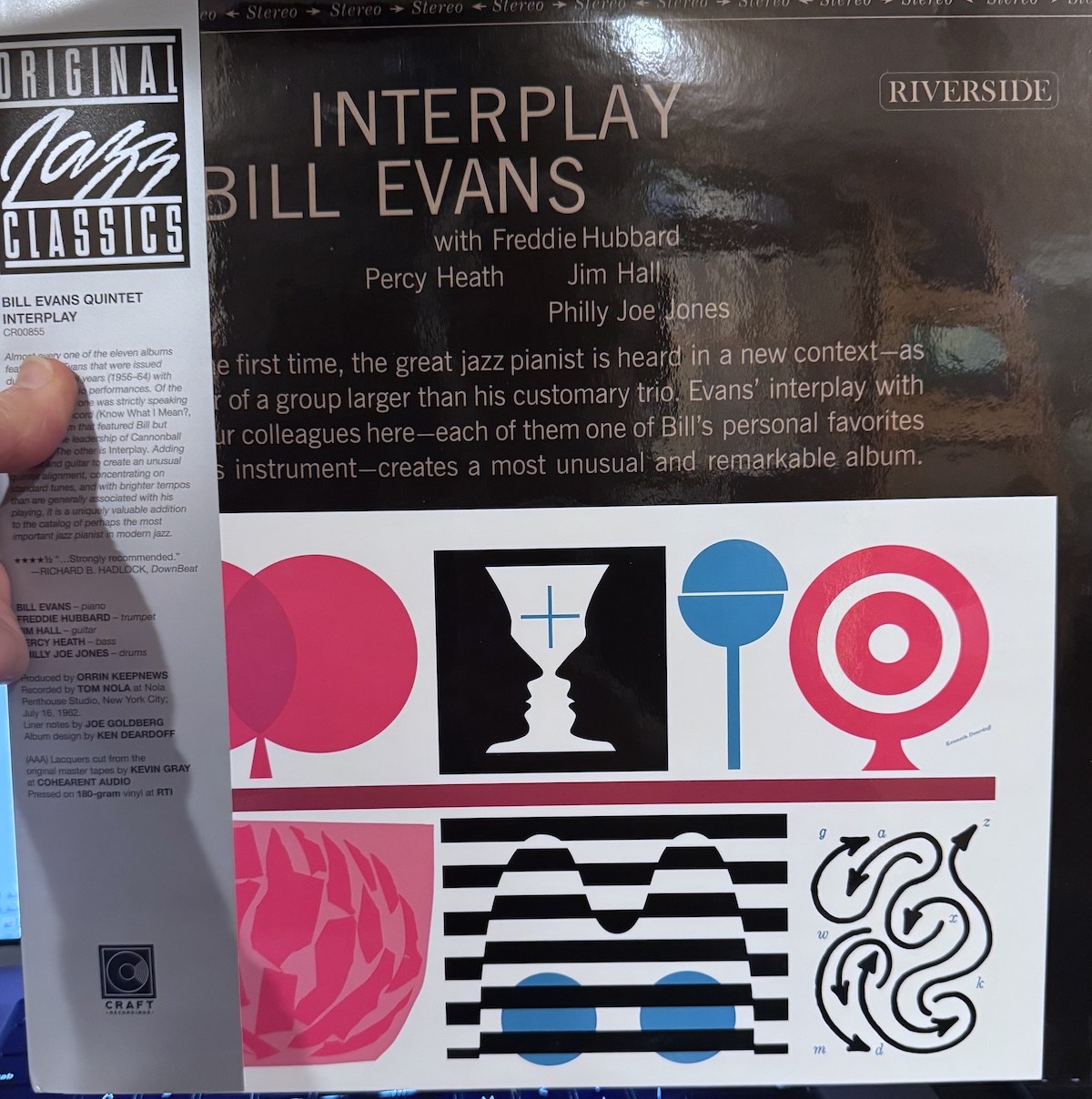
Different cartridge (Ortofon) and arm (Supatrac Nighthawk) and turntable (Astellar) but I heard The Black Swan's same enjoyable qualities : image three-dimensionality set against a black background, commendably clean instrumental attack, somewhat limited sustain and less than generous, though adequate decay. The result was the same immediacy and clarity heard on mono recordings. Percy Heath's well-extended, "tuneful" bass lines were tightly and properly rendered so you could feel fingers on strings thanks to clean attack, modest sustain and quick decay. Lee Morgan's trumpet had a pleasing brass "bite" and burnished tonality and Evans' piano had that same rhythmic precision and fast "touch" all of which produced musical excitement and tapping toes.
The reissue improves everything. The ensemble is better located in the studio space. You can better hear Philly Joe's drums bounce off the studio walls. Why? Background quiet produced by the far superior pressing. Everyone sounds closer to the microphones, Jim Hall's guitar comps have a nicely liquid feel yet you can catch the percussive quality of pick on string, Evans's piano sounds more present, Heath's bass lines are deeper and more fully expressed and especially, Hubbard's trumpet is more richly textured.
Again, The Black Swan's rendering of these two records was sufficiently nuanced, detailed and transparent to clearly delineate the differences and both plays were enjoyable in their own ways.
Finally through the Ortofon/Supatrac/Asterllar set-up I played Roxy Music's Avalon on the original American Bob Ludwig mastered Warner Brothers release cut at Masterdisk where Bob spent some years after leaving Sterling Sound. Wow was this fun. The Black Swan's rhythmic punch produced a "tight" Avalon, emphasizing the percussive aspects, while drying up somewhat the atmospherics. Depth was satisfying, images three-dimensional, and the bottom end punch on "India" deep and tight enough to deliver the intended impact. Same with the rolling bass lines on "While My Heart Is Still Beating".
It took a few seconds to switch to the Lyra Atlas Lambda SL mounted on the Acoustic Systems Axiom arm run into a Erhard Audio Premium Lundahl LL1941 MC SUT and from there into a CH Precision P10 voltage input and hear the major upgrade in all ways, but especially bottom end "whomp", "wet" reverb trails and the album's rich atmospherics, but honestly you'd have to be a total snob to think other than that the $1649 Austin AudioWorks The Black Swan was equally enjoyable, because it was.
Conclusion
I think the last sentence above is it.
Specifications
Output impedance: 5Ω
Output Single ended (L or R channel) into 10 kOhm: 9V RMS
Output Balanced into 10kOhm: 18V RMS
Noise, MM, 47kΩ, 0pF setting, Gain 45dB, input reference 5mV output, 1V RMS into 10kΩ load: 70dB unweighted, 80dB "A" weighted
Equalization—Reference RIAA standard ±0.1dB
Input overload-MM: 100mV
Input overload—MC: 6mV
Distortion (Harmonic) MM@1V RMS out Ref 5mV in@1kHz: 0.003% THD+Noise
Distortion (Harmonic) MC at 1V RMS out Ref 1mV in@1kHz 0.003% THD+Noise
Manufacturer Information
Austin AudioWorks, Inc.
Ste 350-256
12400 Highway 71W
Austin, TX 78738
(512) 912-6820
barry@austinaudioworks.com


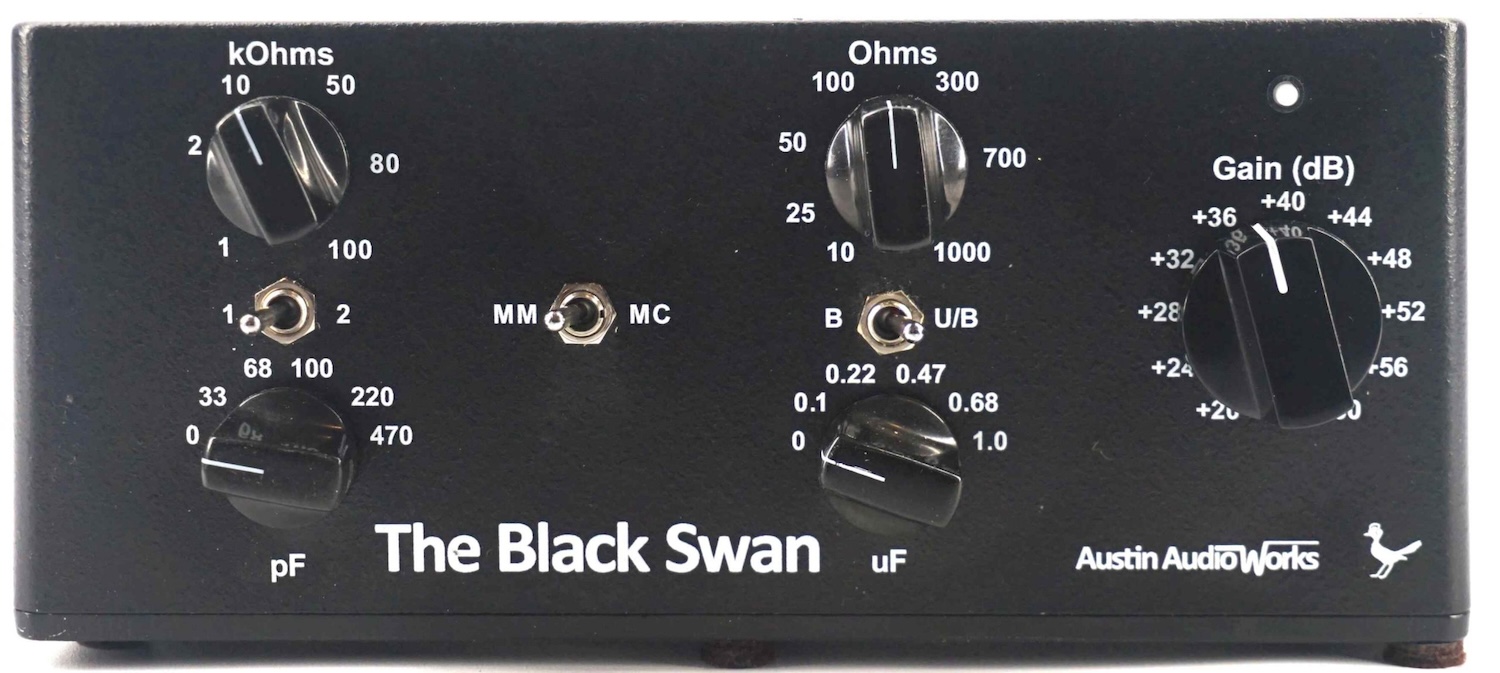

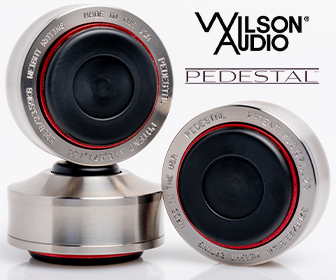

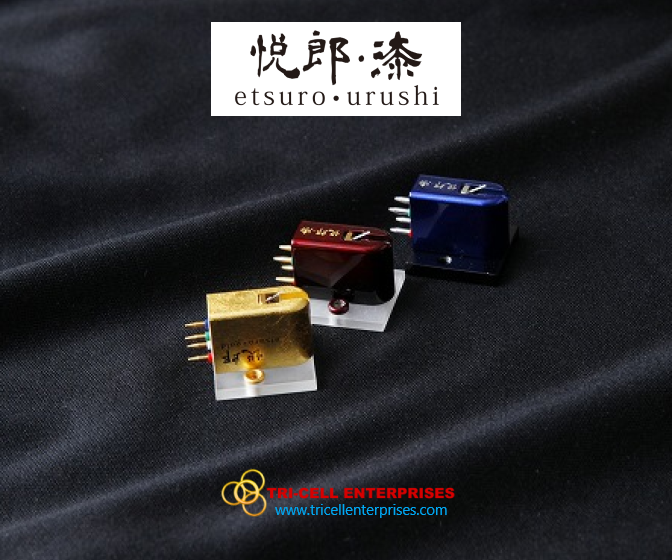
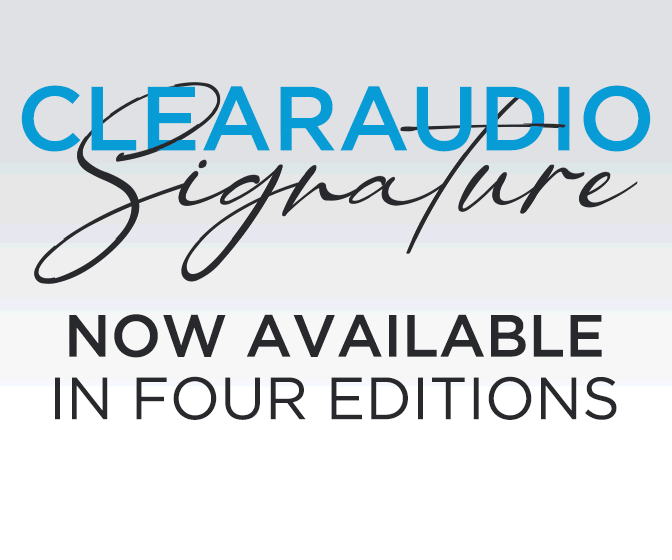

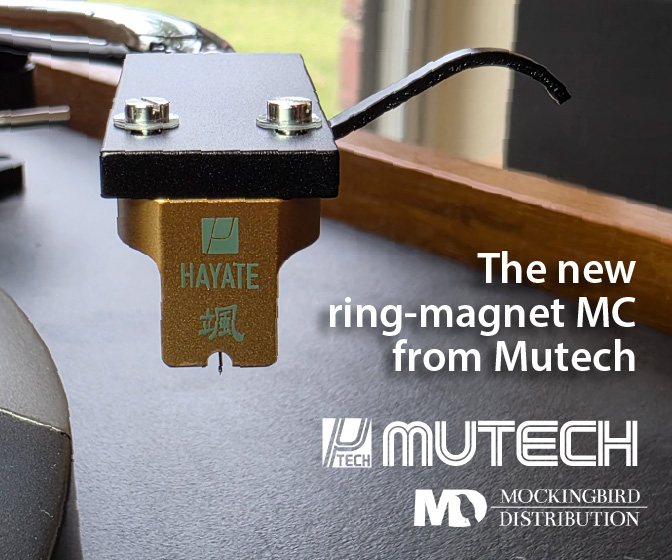
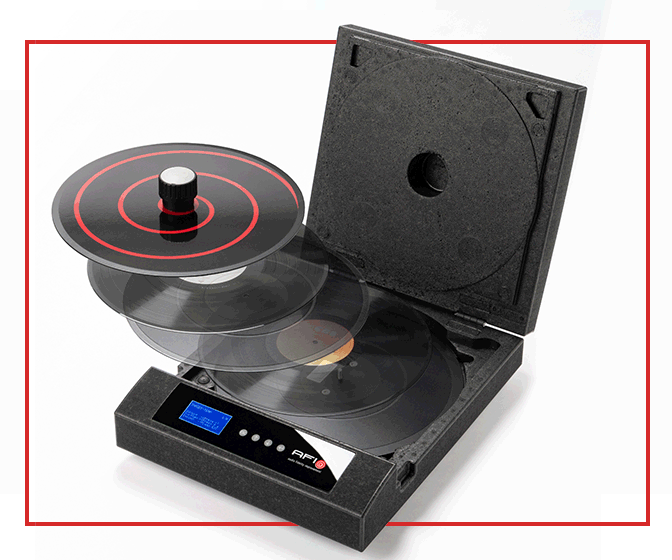

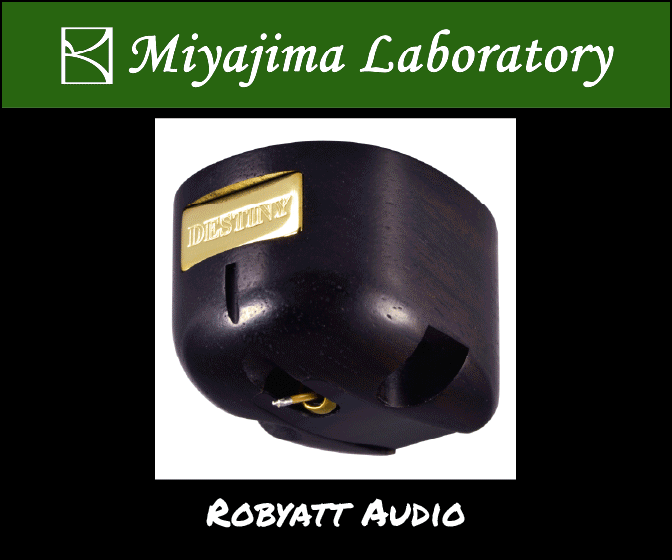
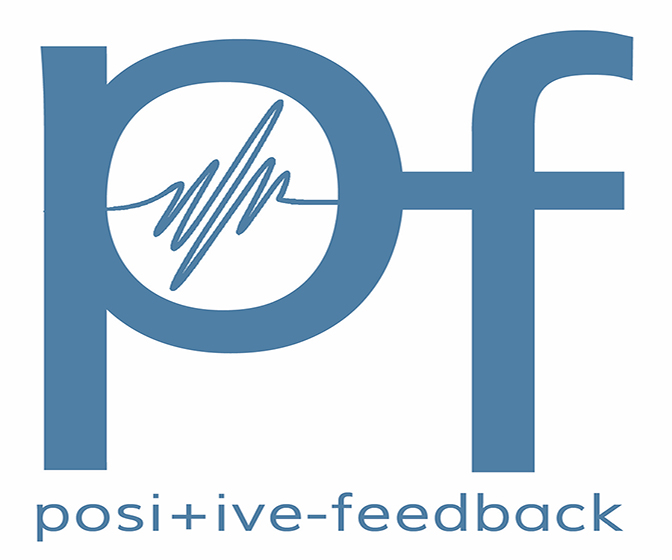




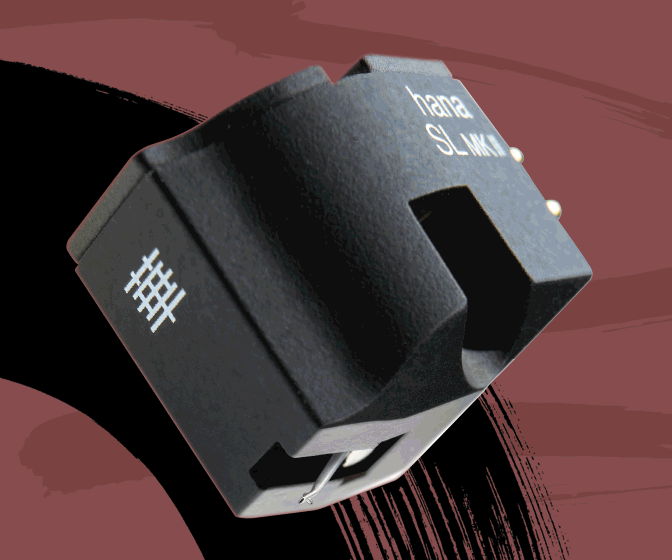
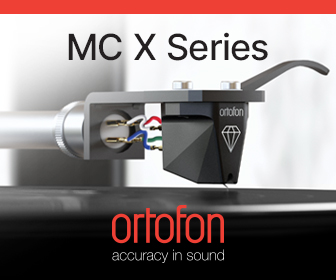
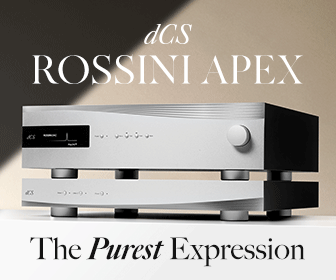
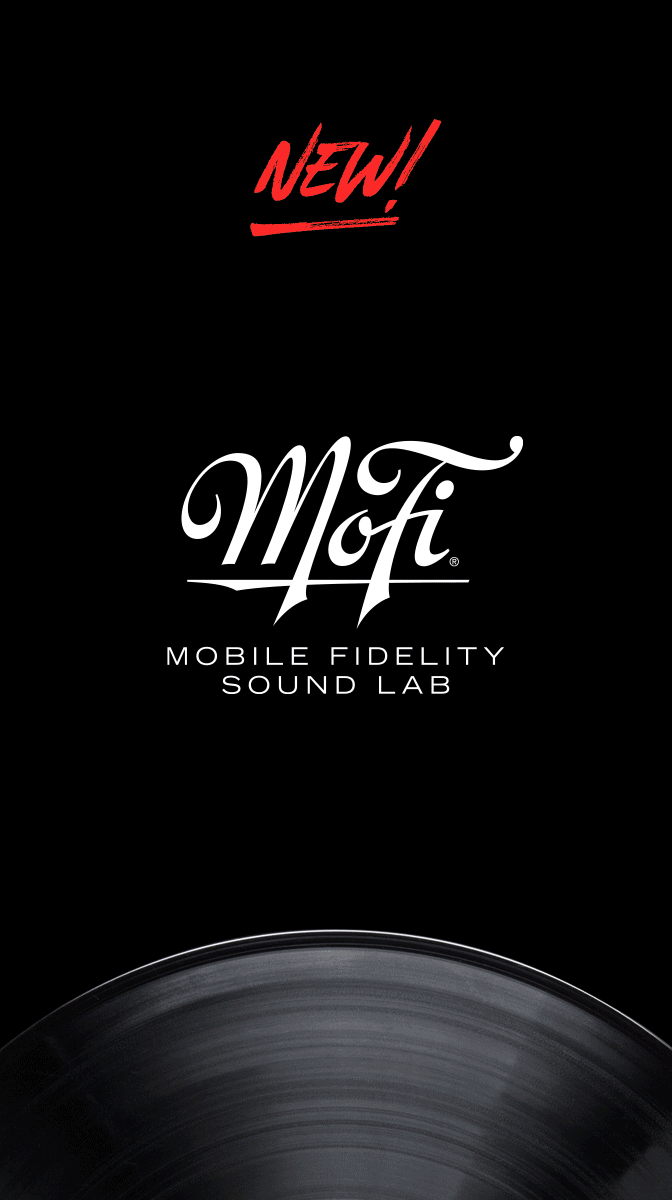


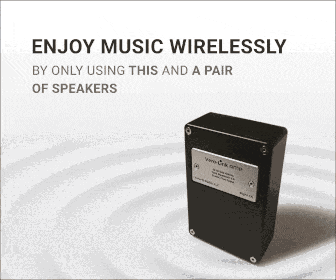
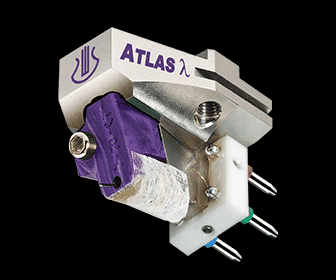

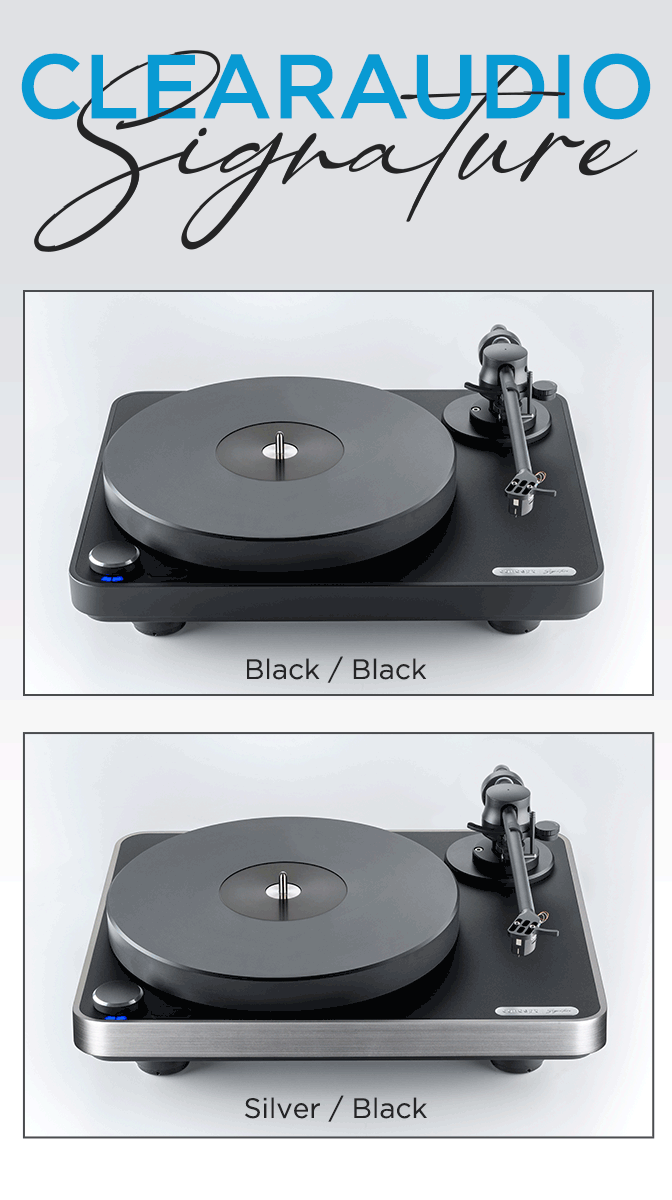


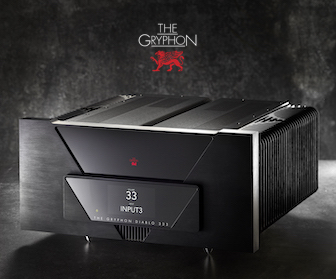
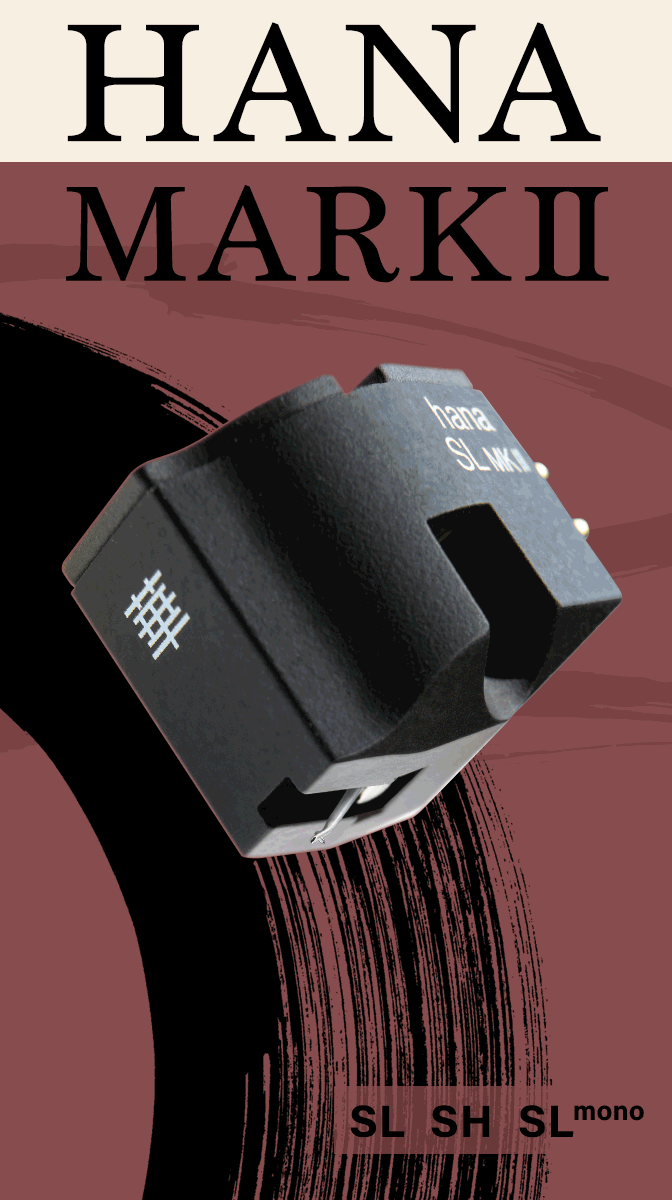


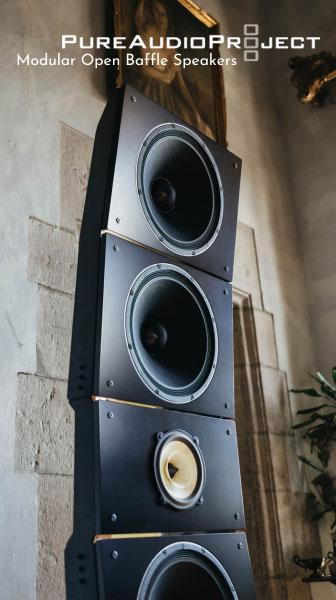






.png)








